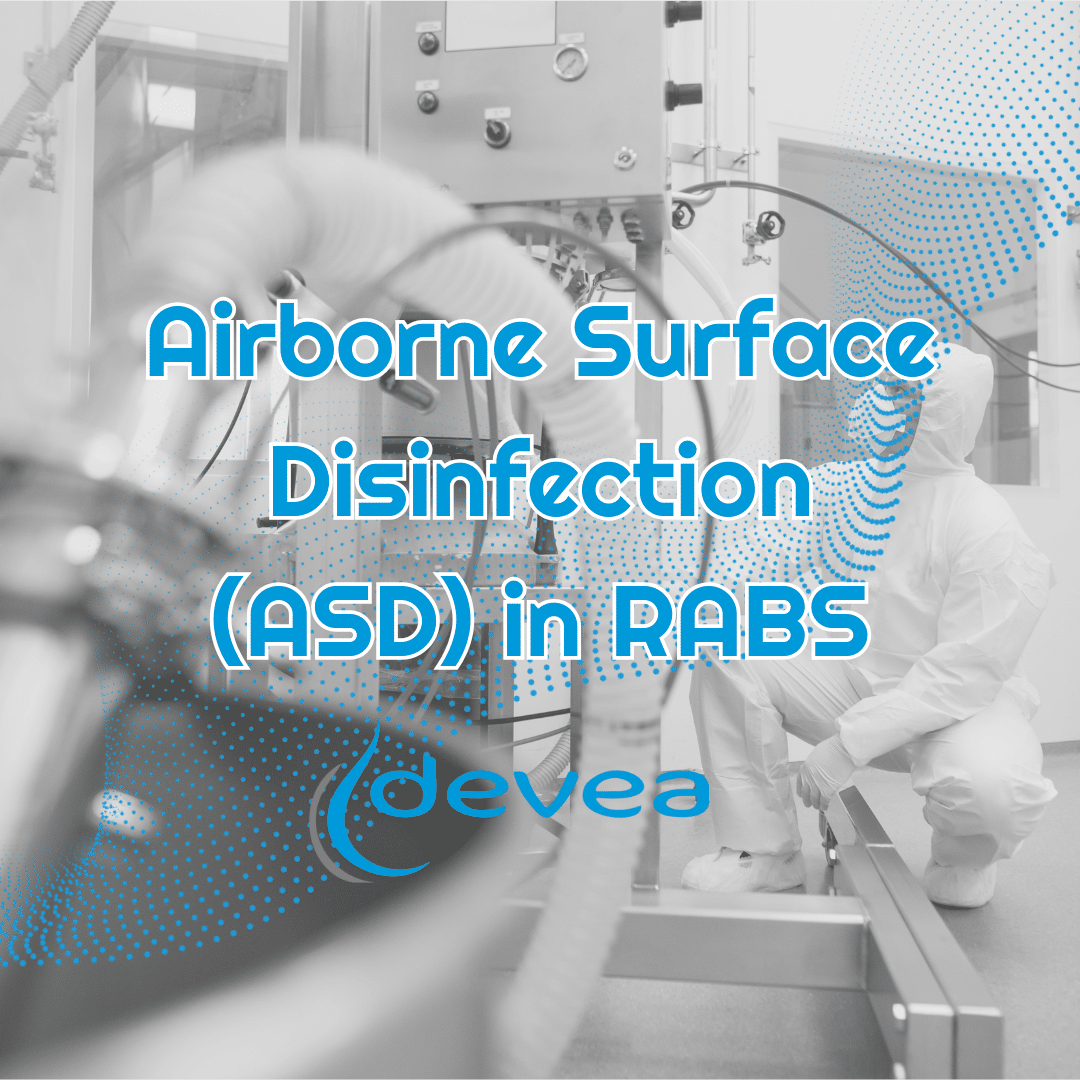White Paper: Airborne Surface Decontamination (ASD) in RABS
On the benefits of automated surface disinfection of a RABS using airborne decontamination
Many sterile pharmaceutical production sites are upgrading their equipment to enhance containment and safety, particularly on aseptic filling lines. Eliminating direct human interventions in critical zones lies at the heart of contamination control strategies.
Contamination control, aimed at maintaining regulatory limits in classified environments, requires rigorous cleaning and disinfection activities. These can pose specific challenges in barrier systems, especially when certain components—such as robotic arms—are difficult to access manually. In such cases, airborne disinfection methods (commonly referred to as “fumigation”) can prove especially valuable, as illustrated in this example following extensive refurbishment work that led to a temporary downgrading of the cleanroom classification.
This article, co-authored with Isabelle Hoenen, Senior Advisor Quality at Lilly France, presents the scientific fundamentals of Automated Airborne Surface Disinfection (ASD) and highlights its industrial value for recommissioning a RABS after major works. It was originally published in La Vague, Issue No. 85.


